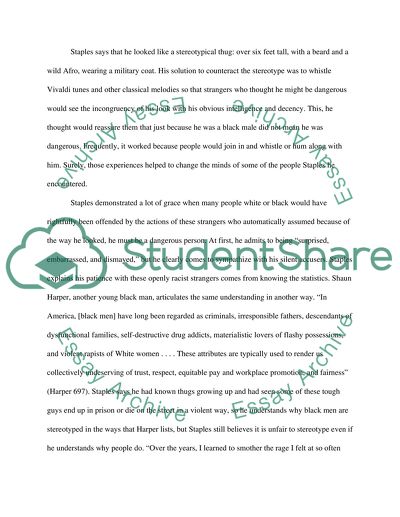Cite this document
(“Brent Staples Research Paper Example | Topics and Well Written Essays - 2500 words”, n.d.)
Retrieved de https://studentshare.org/sociology/1392433-reserach-paper
Retrieved de https://studentshare.org/sociology/1392433-reserach-paper
(Brent Staples Research Paper Example | Topics and Well Written Essays - 2500 Words)
https://studentshare.org/sociology/1392433-reserach-paper.
https://studentshare.org/sociology/1392433-reserach-paper.
“Brent Staples Research Paper Example | Topics and Well Written Essays - 2500 Words”, n.d. https://studentshare.org/sociology/1392433-reserach-paper.


